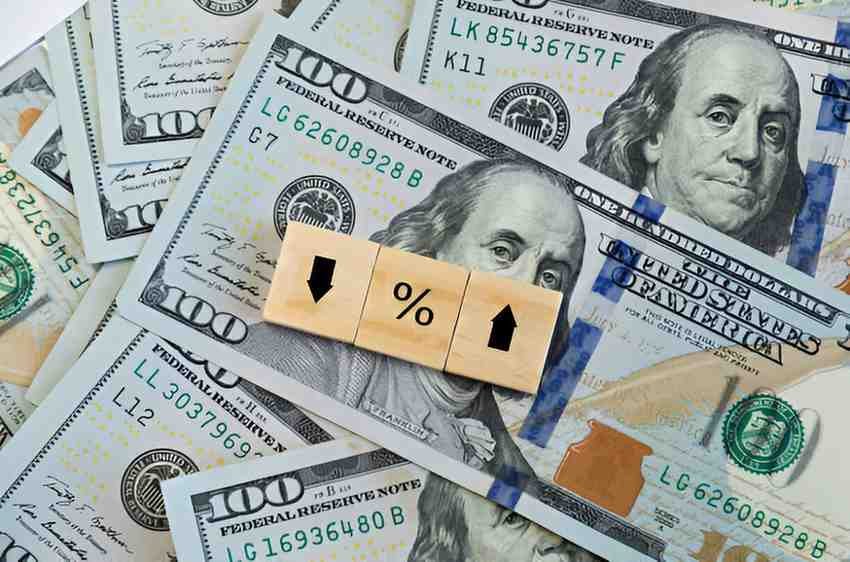Introduction
As someone deeply immersed in finance and economics, I often encounter confusion around multiple exchange rates—a system where a country maintains different official exchange rates for different transactions. While most nations use a single floating or fixed rate, some adopt multiple rates to control capital flows, stabilize markets, or protect certain industries.
Table of Contents
What Are Multiple Exchange Rates?
A multiple exchange rate system occurs when a government or central bank sets different exchange rates for different types of transactions. For instance:
- Trade transactions (imports/exports) may have one rate.
- Capital flows (foreign investments, loans) may have another.
- Tourism and remittances might use a third rate.
These rates can be fixed, floating, or a hybrid, depending on the country’s economic strategy.
Why Do Countries Use Multiple Exchange Rates?
Governments implement multiple exchange rates for several reasons:
- Control Capital Flight – By imposing stricter rates on foreign investments, countries prevent sudden outflows that destabilize the economy.
- Protect Domestic Industries – A preferential rate for essential imports (like medicine or fuel) keeps costs low.
- Generate Government Revenue – A higher exchange rate on luxury imports acts as an implicit tax.
- Manage Inflation – By controlling the exchange rate for essential goods, central banks curb price surges.
However, these systems often lead to black markets, inefficiencies, and corruption.
How Multiple Exchange Rates Work: A Mathematical Perspective
To understand the mechanics, let’s consider a simplified model. Suppose a country has two exchange rates:
- Official Rate (for essentials) – E_o = 50 local currency (LC) per USD
- Secondary Rate (for luxury goods) – E_s = 80 LC per USD
If a business imports $100 worth of medicine, the cost in local currency is:
Cost_{medicine} = 100 \times E_o = 100 \times 50 = 5,000 \text{ LC}But if it imports $100 worth of electronics, the cost becomes:
Cost_{electronics} = 100 \times E_s = 100 \times 80 = 8,000 \text{ LC}This dual system discourages luxury imports while keeping essentials affordable.
The Implicit Tax Effect
The difference between the two rates acts as a hidden tax. If the free-market rate is 100 LC/USD, then:
- Subsidy on essentials: 100 - 50 = 50 \text{ LC per USD} (government absorbs the cost)
- Tax on luxuries: 100 - 80 = 20 \text{ LC per USD} (businesses pay extra)
This creates distortions, which I’ll discuss later.
Historical and Modern Examples
1. Venezuela (2013–Present)
Venezuela’s DICOM system had multiple rates:
| Transaction Type | Exchange Rate (VES/USD) |
|---|---|
| Essential imports | 10 (subsidized) |
| Non-essential imports | 1,000,000+ (black market) |
This led to hyperinflation and a thriving black market.
2. Nigeria (2016–2021)
Nigeria’s central bank maintained:
- Official Rate: 380 NGN/USD (for government transactions)
- Investors & Exporters Window: 410 NGN/USD (for businesses)
This discouraged foreign investment due to arbitrage opportunities.
3. Argentina (Multiple Periods)
Argentina has frequently used dual exchange rates to curb dollar demand. In 2023:
- Official Rate: 350 ARS/USD
- Parallel Rate: 750 ARS/USD
This widened the gap between official and black-market rates, increasing economic instability.
Economic Effects of Multiple Exchange Rates
1. Market Distortions
When multiple rates exist, businesses and individuals seek arbitrage opportunities. For example:
- A trader might over-invoice imports at the subsidized rate and sell dollars at the black-market rate.
- Foreign investors avoid the country due to exchange rate uncertainty.
2. Inflation and Black Markets
If the official rate is artificially low, demand for dollars surges, leading to:
- Shortages of foreign currency
- Rise of parallel exchange markets
Venezuela’s black-market rate exceeded 1,000,000% of the official rate at one point.
3. Reduced Foreign Investment
Investors dislike unpredictability. If a country has multiple rates, currency risk increases, deterring long-term capital.
4. Fiscal Drain
Subsidizing essential imports strains government reserves. For example, if Egypt spends $1 billion on wheat imports at a preferential rate, it may deplete reserves faster.
When Do Multiple Exchange Rates Work?
Despite their flaws, multiple rates can be effective short-term measures in crises. Examples include:
- Post-war economies needing to stabilize essential goods.
- Hyperinflation scenarios where a single rate is unsustainable.
However, long-term use often leads to economic inefficiencies.
Alternatives to Multiple Exchange Rates
Instead of multiple rates, countries can adopt:
- Unified Floating Rate – Let the market determine the exchange rate.
- Capital Controls – Restrict foreign currency access without distorting trade.
- Dual-Track Liberalization – Gradually unify rates over time (China did this in the 1990s).
Conclusion
Multiple exchange rates are a double-edged sword. While they can protect economies in the short run, they often lead to black markets, inflation, and reduced investment. Countries like Venezuela and Argentina show the dangers of prolonged use, while China’s gradual unification proves that reform is possible.





